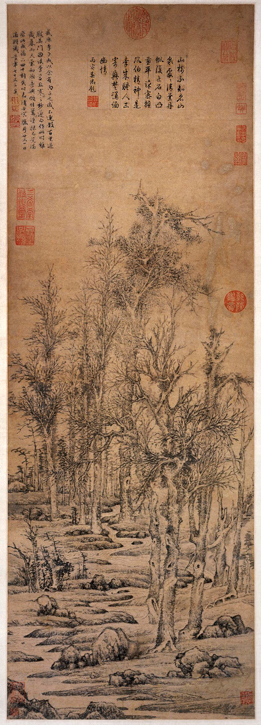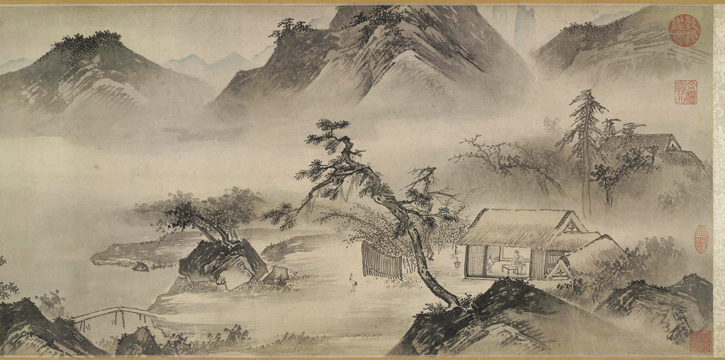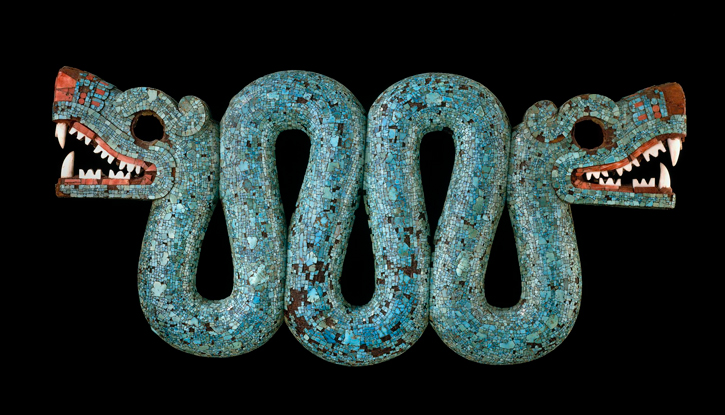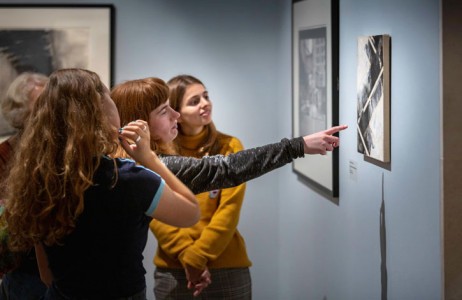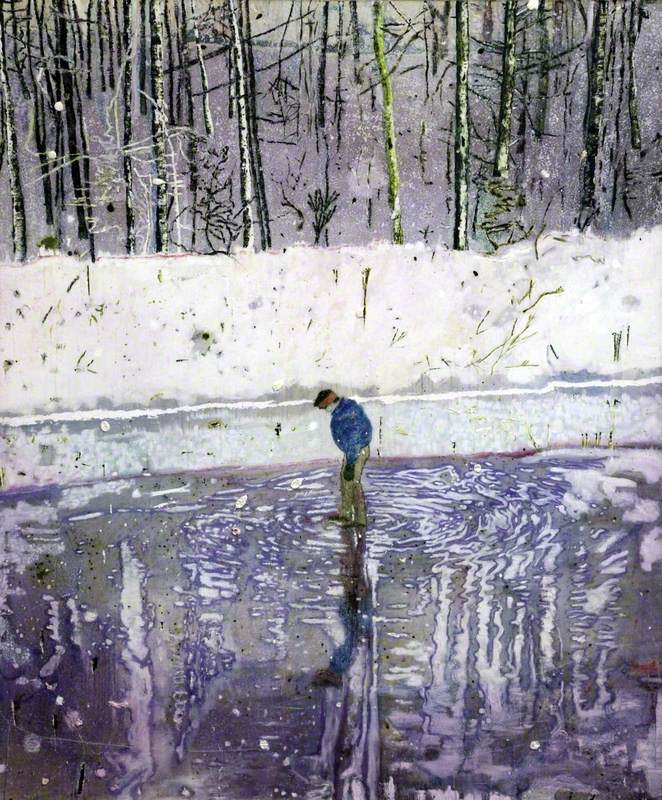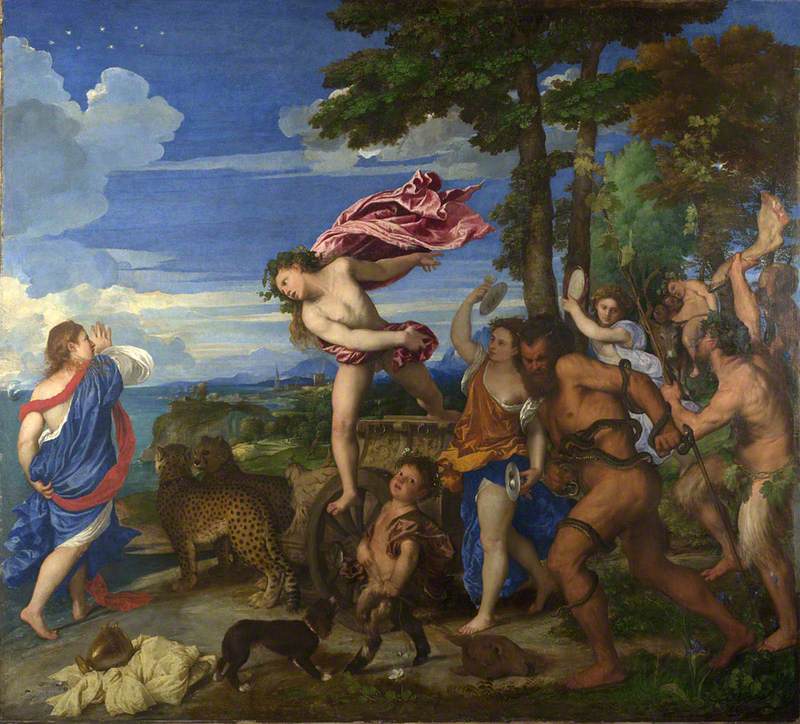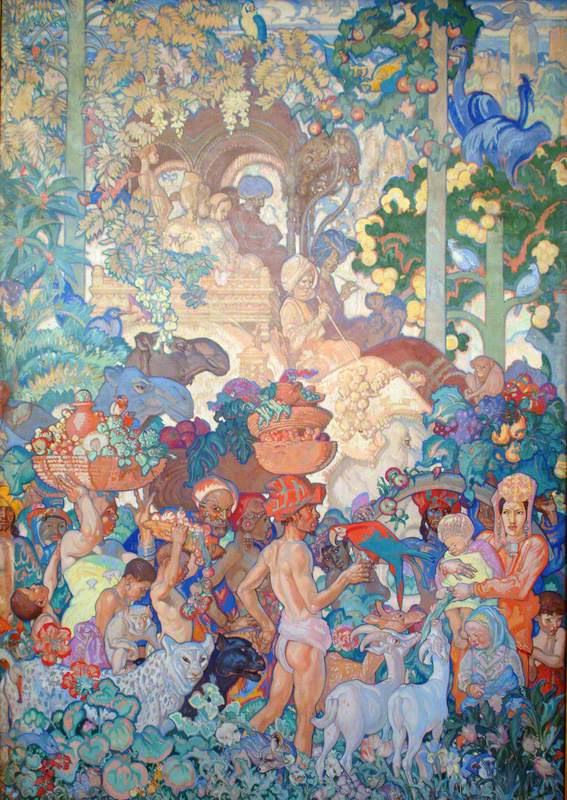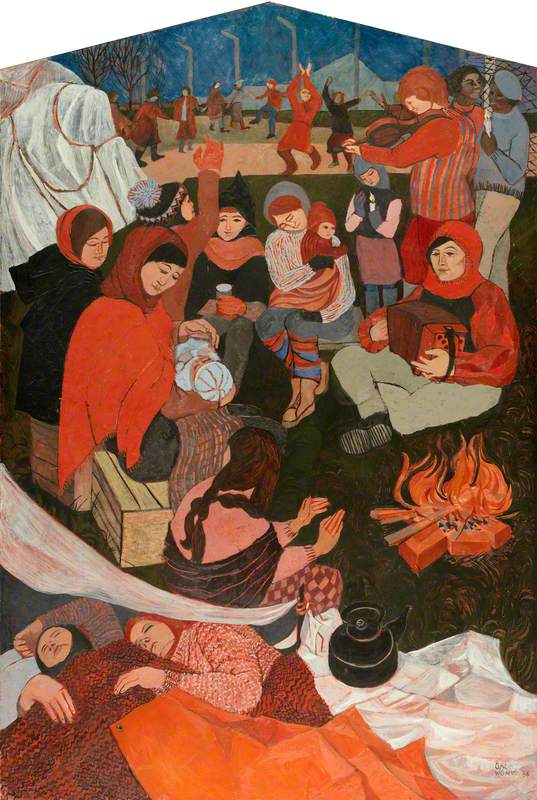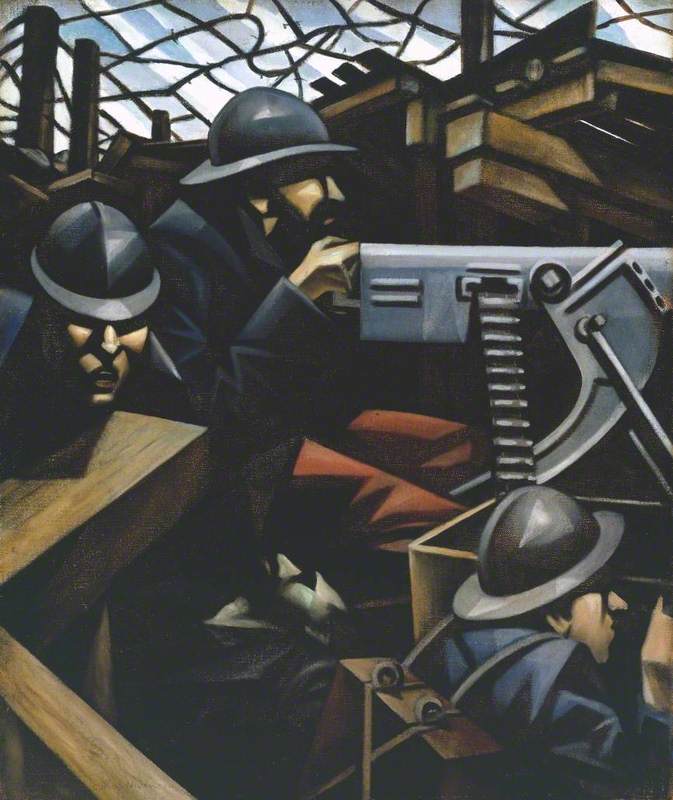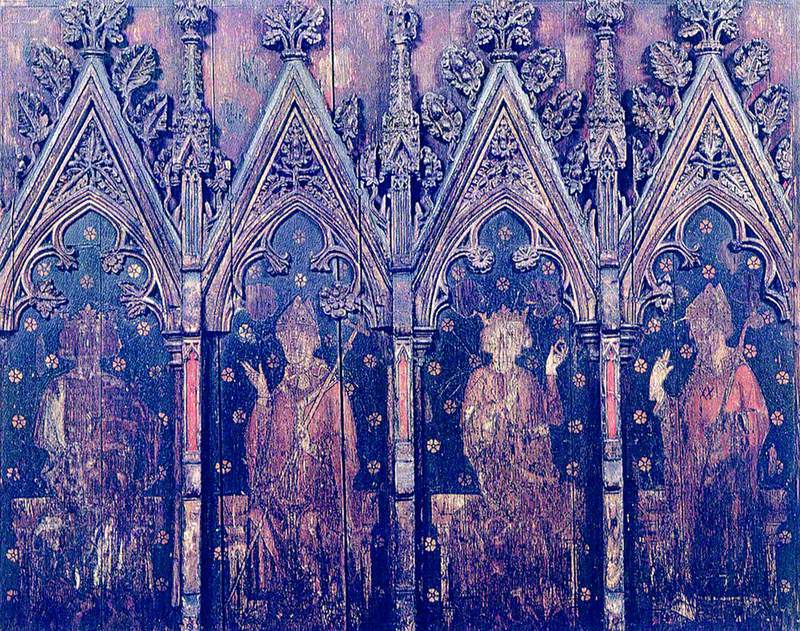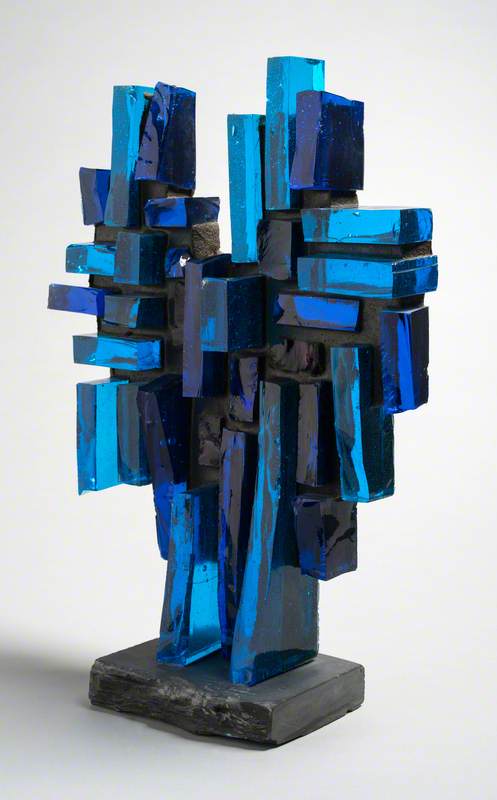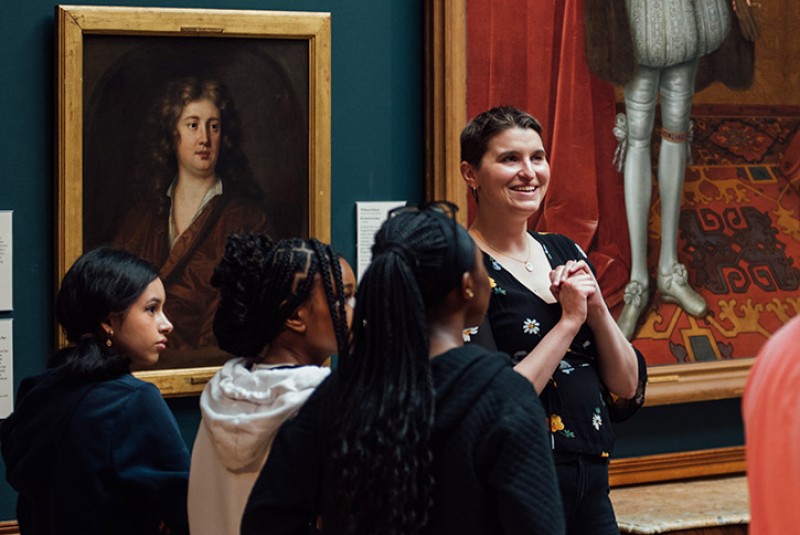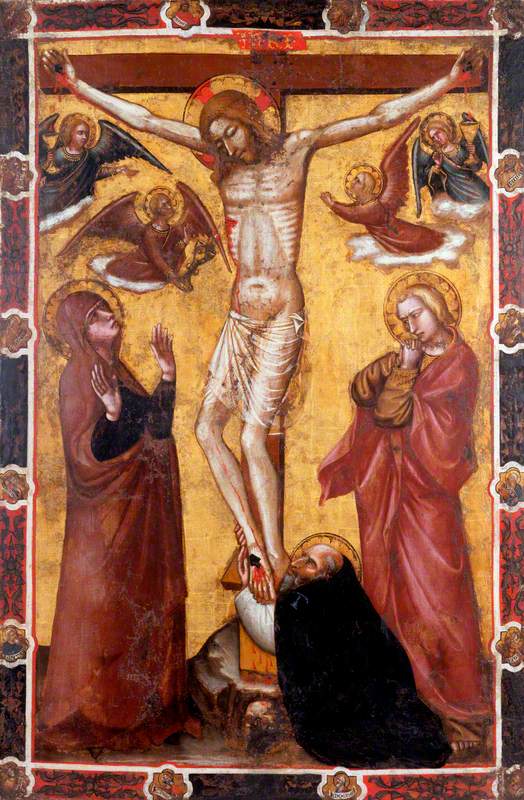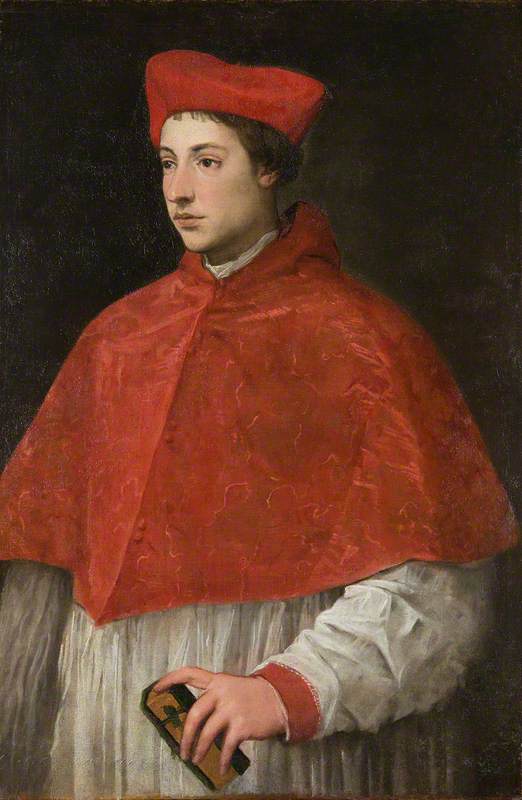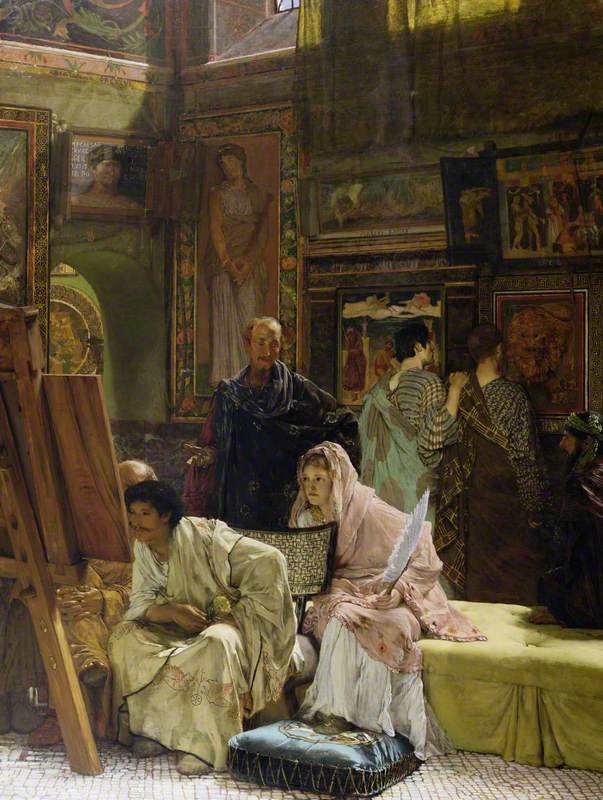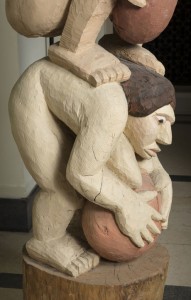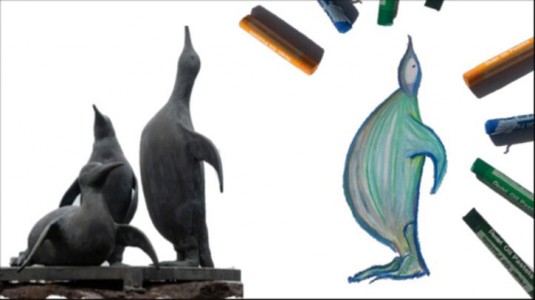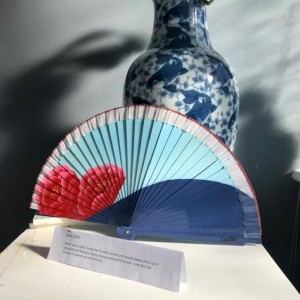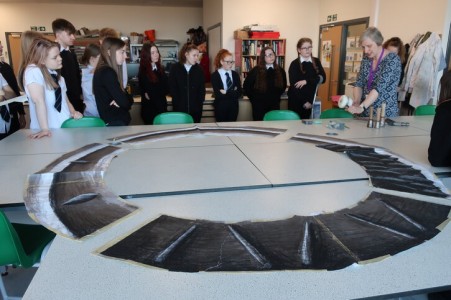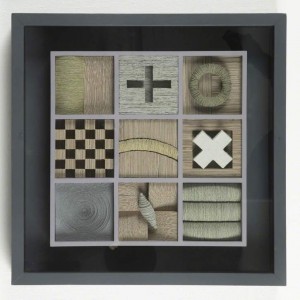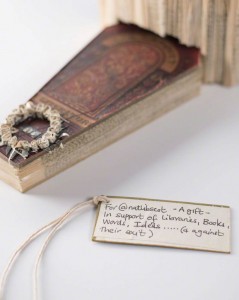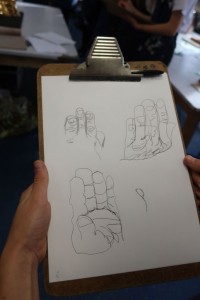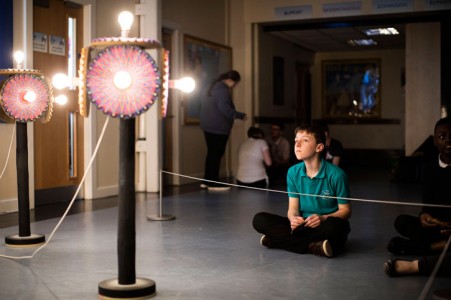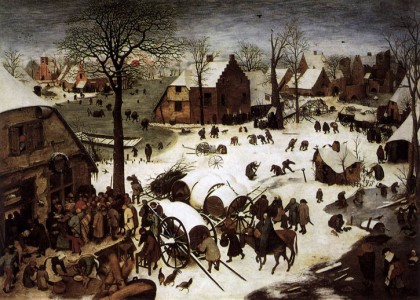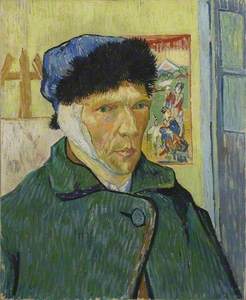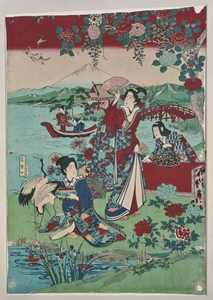It is always worth asking life's big questions. But sometimes the smaller questions can lead you just as far as the big ones. They can give fresh insights into the world and challenge what you once took for granted. Few subjects offer the chance to do this as much as art history.
I work as a teaching assistant with Art History Link-Up (AHLU), a charity that offers state school students the opportunity to take an Art History A level and EPQ course, free of charge, at The Courtauld Institute of Art or online, on term-time Saturdays.
Student Operations Officer Ludo Amory teaching Art History Link-Up students
The session took place in The Courtauld Institute of Art 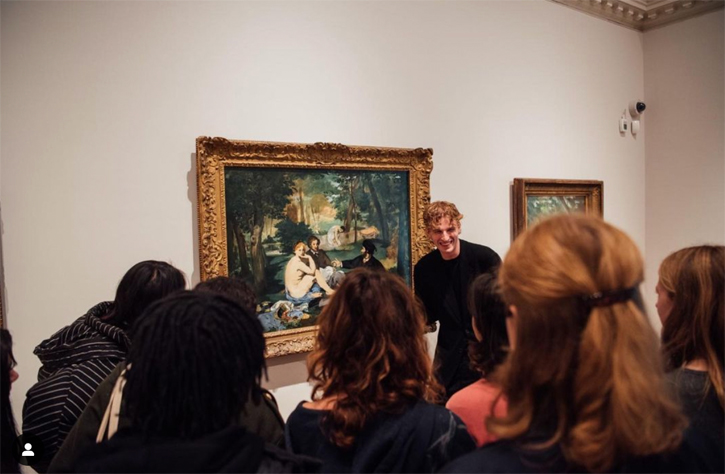
In the AHLU classroom, there have been some extraordinary discussions that have forced us to rethink our understanding of the world and our place in it, in ways both small and big. Here are a few of them.
'Why are our screens shaped like landscape paintings?'
This was the provocation with which Craig Clunas, Professor Emeritus of the History of Art at the University of Oxford, began his class on Chinese art.
Professor Craig Clunas's handling session with Art History Link-Up students at the British Museum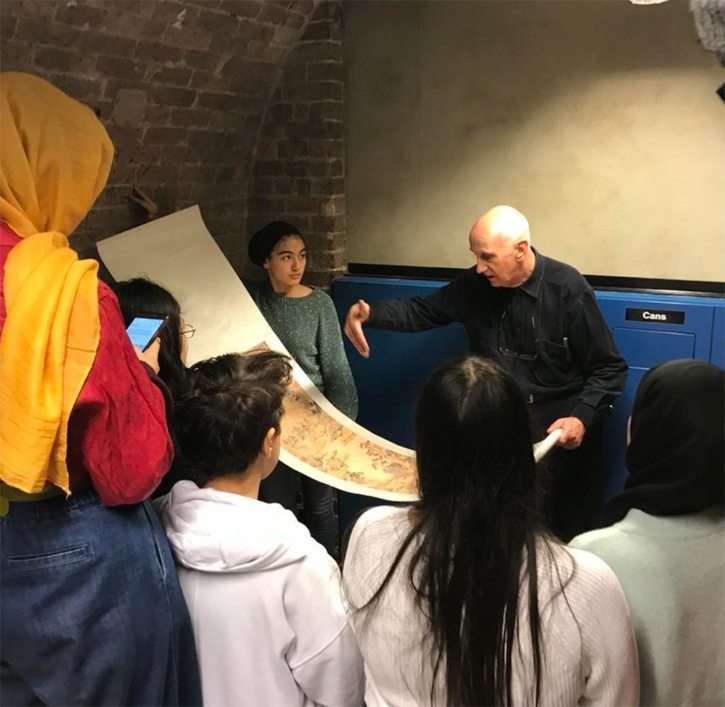
An answer might go as follows. Computer screens are based on television screens, which echo the shape of the cinema, which in turn emerged from photography. Photography was invented in Europe and photographs borrowed their shape from European oil paintings.
Things didn't necessarily have to be this way, we realised. In China, landscape paintings like Weng Zhengming's Wintry Trees were painted in ink on scrolls, and only unfurled when their owner wanted to look at them.
In this case, the owner would have sat on a chair, holding the bottom end of the hanging scroll open, while a servant held up the top with a stick. Unlike their European counterparts, these landscapes were vertical and tall.
Other Chinese landscape paintings, such as Thatched Cottage in the Western Mountains, a Ming dynasty handscroll by Tang Yin, were laid on a table and viewed horizontally.
Despite the way they are displayed in museums today, they were never designed to be seen all at once. Instead, viewers would unroll one section at a time, looking at the image bit by bit.
Clearly, the way we depict the landscape is not the same the world over. This means that there is nothing inevitable about the shape of our screens. Instead, they reveal their distinctive European cultural background. If they had been invented in China, our screens might have been a different shape altogether.
Did the ancient Egyptians go to Mexico?
In another class, teacher Evelyn Earl introduced the mysterious double-headed serpent – an ornament worn by an Aztec priest in sixteenth-century Mexico – probably taken to Europe by the Spanish conquistador Hernán Cortéz, and which is now in the British Museum.
It is impressive and intimidating, and seems to have symbolised renewal and resurrection, or even the creator god Quetzalcoatl. The shimmering scales are made of precious turquoise and the sharp teeth are made of shells.
The students had a lively discussion when they noticed the similarities between the Aztec snake and the representation of snakes in the ancient Mediterranean, including the ouroboros – the Egyptian symbol of the snake eating its own tail, which was also used to refer to the cycle of life and death.
Engraved intaglio with ouroboros snake
18th century, engraved intaglio, Egypt 
Although separated by thousands of years and miles, in both cultures snakes were linked to a similar theme.
It is highly unlikely that the Egyptians went to ancient Mesoamerica. So why do snakes play such similar roles in their art? Is there something about snakes that makes people associate them with renewal? Or is there something innate in the human mind that responds to snakes in a certain way? Perhaps there really is a snake-god who travels across cultures and time? Is it all a coincidence? Or perhaps you think I am making too much of a passing resemblance?
In art history, critical thinking and imagination go hand in hand, and there's no such thing as a bad question.
In class a few weeks later, teacher Jack Dunleavy gave a moving account of the life of Vincent van Gogh for the Art History Link-Up students. As the famous story goes, in late 1888 he cut off a piece of his own ear following an argument with his friend and fellow painter Paul Gauguin. The story might be familiar, but the precise details about what happened are still disputed today. Not long after the incident, Van Gogh recorded his appearance in his famous Self-Portrait with a Bandaged Ear.
Self-Portrait with Bandaged Ear
1889
Vincent van Gogh (1853–1890) 
We were able to spend time in front of the original painting, since it is on display at the Courtauld Institute, at Somerset House, where Art History Link-Up classes are based. Under the students' inquisitive eyes, the picture began to reveal its secrets, such as Van Gogh's admiration of Japanese prints. He collected them and painted one into the background of his self-portrait. The Courtauld used to own that print, too, until it was stolen in 1981. Its whereabouts are still unknown (although here is an image of it).
Geishas in a Landscape
1870–1880
Ryumei Kaikoko or Waikoku (active 1870–1880) and Torakiyo Sato (active 1870–1880) and Oka (active 1870–1880) 
Art historians are sometimes a bit like Sherlock Holmes, trying to solve mysteries that keep getting deeper. There is still a lot we don't know even about an artist as famous as Van Gogh. If you like the idea of solving the problems of art history, here is a question to get you started. Using the evidence of the Self-Portrait with a Bandaged Ear, and thinking carefully about how it was made, tell me: which ear did Van Gogh cut off, his left or his right?
If you are interested in pursuing questions like these further, and you are a school or college student in Years 10–13, then consider applying to Art UK's annual Write on Art competition, which is accepting entries this year until 30th June 2023. The task is to write a short text on a work of art on the Art UK website (there are more than 300,000) that intrigues you. It is free to enter and there are prizes of up to £500.
More important, it is an opportunity to look and think deeply, critically, and perhaps even poetically about a work of art – to pose a question and push it as far as you can. You might be surprised where it takes you.
Henry Tudor Pole, art historian and teaching assistant for Art History Link-Up, a registered charity
Find out more about Art History Link-Up and join their mailing list
